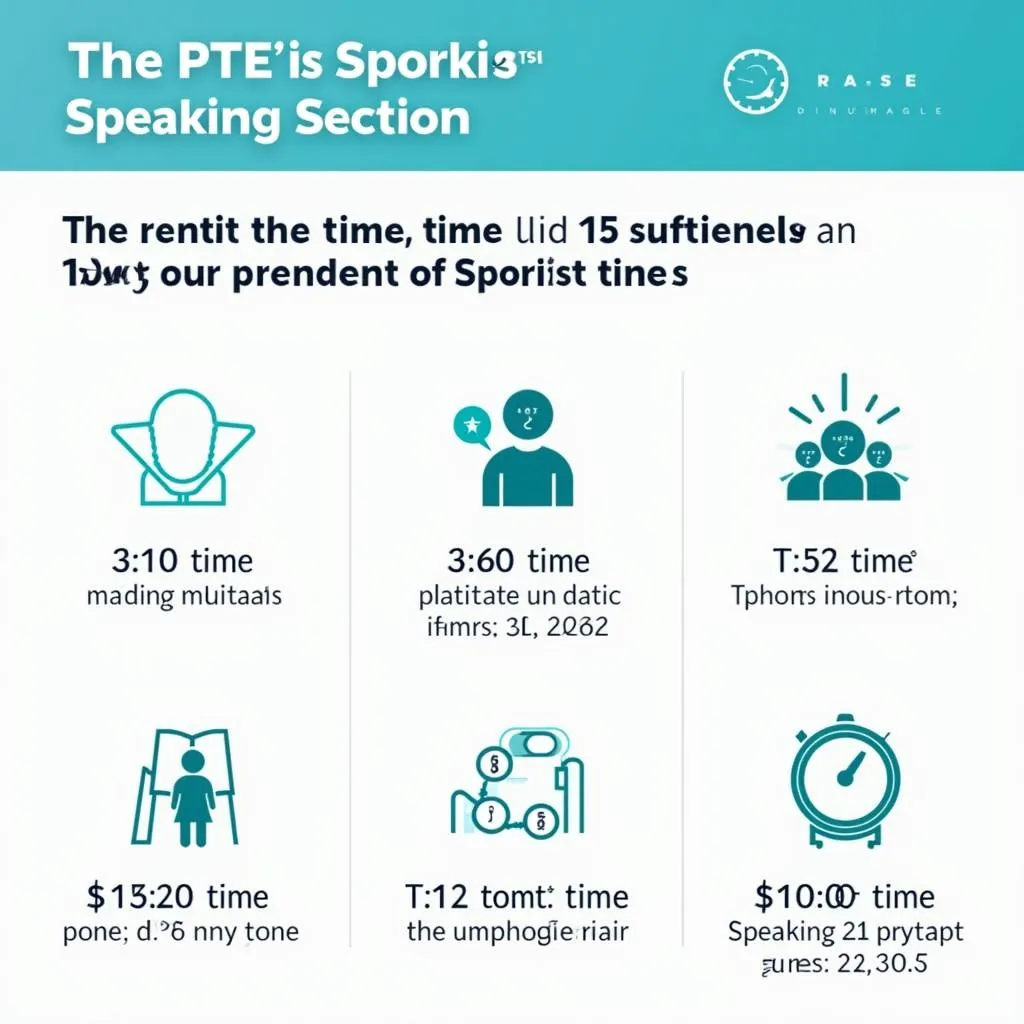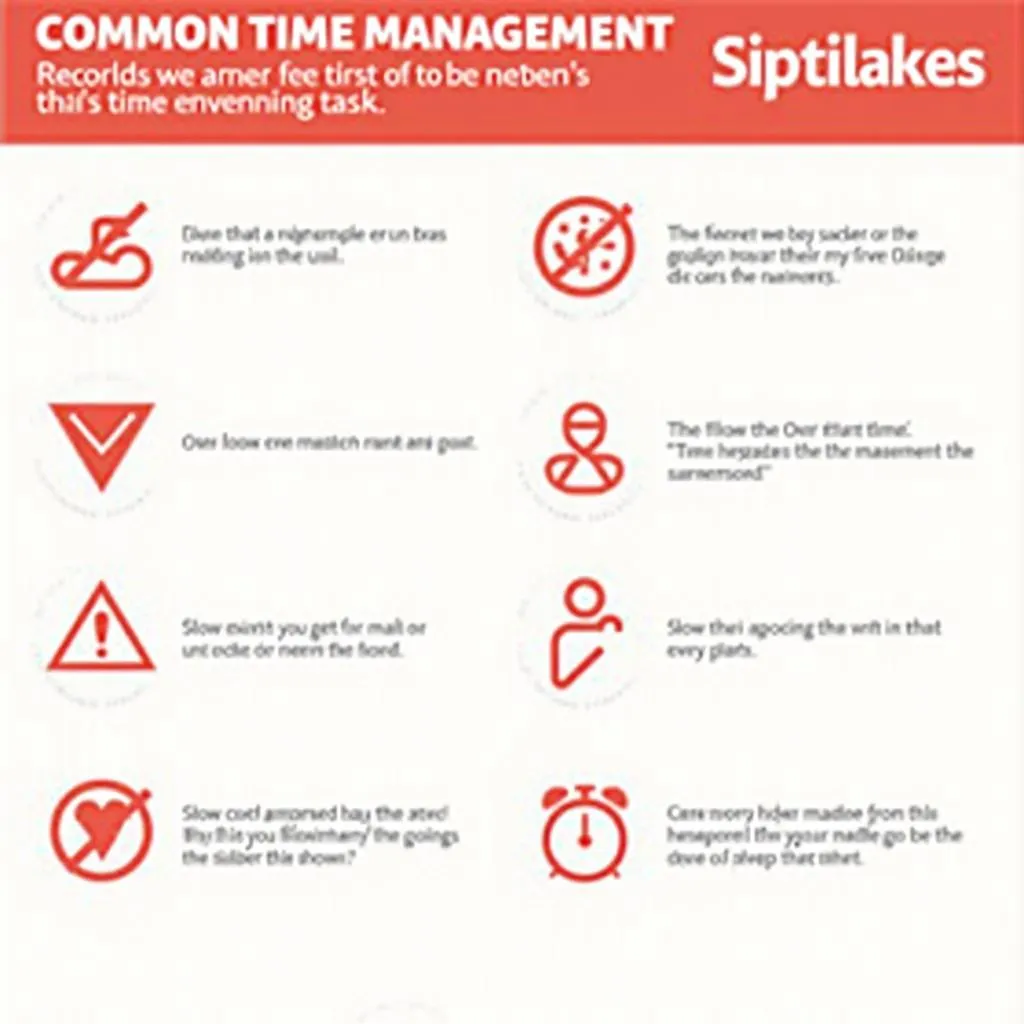The PTE speaking section can be daunting, but with proper time management, you can excel. This crucial skill allows you to showcase your English proficiency effectively within the given constraints. Let’s explore expert strategies to optimize your performance and achieve your desired score in the PTE speaking tasks.
Understanding the PTE Speaking Section Structure
Before diving into time management techniques, it’s essential to familiarize yourself with the PTE exam format overview and breakdown. The speaking section consists of various task types, each with its own time limits and requirements.
Key Speaking Tasks and Time Allocations
- Read Aloud: 30-40 seconds per item
- Repeat Sentence: 15 seconds per item
- Describe Image: 40 seconds per item
- Re-tell Lecture: 40 seconds per item
- Answer Short Question: 10 seconds per item
- Summarize Spoken Text: 10 minutes per item (including listening and writing)
Understanding these time constraints is crucial for effective time management during the PTE speaking section.
 PTE Speaking Section Structure and Time Allocations
PTE Speaking Section Structure and Time Allocations
Strategies for Efficient Time Management in PTE Speaking
1. Practice with a Timer
One of the most effective ways to improve your time management skills is by practicing with a timer. Set up mock speaking sessions that mirror the actual PTE exam conditions.
“Regular timed practice is the key to mastering PTE speaking time management. It helps you internalize the rhythm of each task,” says Dr. Emma Thompson, a renowned PTE preparation expert.
2. Develop a Task-Specific Approach
Each speaking task requires a unique strategy:
- Read Aloud: Scan the text quickly, identify key points, and pace your speech.
- Repeat Sentence: Focus on the speaker’s intonation and rhythm.
- Describe Image: Quickly analyze the main features and organize your description.
- Re-tell Lecture: Take concise notes and structure your response logically.
- Answer Short Question: Listen carefully and respond promptly.
- Summarize Spoken Text: Balance note-taking with active listening.
3. Improve Your Speaking Speed
While it’s crucial to speak clearly, increasing your speaking speed can help you cover more content within the time limits. Practice tongue twisters and rapid speech exercises to enhance your fluency.
4. Master the Art of Concise Expression
In PTE speaking tasks, brevity is key. Learn to express ideas succinctly without sacrificing content. This skill is particularly crucial for tasks like Describe Image and Re-tell Lecture.
5. Utilize Transition Phrases Effectively
Transition phrases can help you navigate through your responses smoothly, saving time and improving coherence. Practice incorporating phrases like “Moreover,” “In addition,” and “On the other hand” into your responses.
6. Develop a Pre-Task Routine
Create a quick mental checklist for each task type. This routine should include:
- Reading the instructions carefully
- Taking a deep breath to focus
- Quickly organizing your thoughts
- Starting confidently within the given time
7. Learn to Recover Quickly from Mistakes
Mistakes are inevitable, but dwelling on them wastes precious time. Practice recovering quickly and moving on without losing your composure or rhythm.
“The ability to recover from mistakes swiftly is what separates top performers in the PTE speaking section,” notes Mark Williams, a seasoned PTE trainer.
 PTE Speaking Time Management Strategies
PTE Speaking Time Management Strategies
Advanced Time Management Techniques
1. The 80/20 Rule in PTE Speaking
Apply the Pareto Principle to your PTE speaking preparation. Focus 80% of your effort on the most impactful aspects of each task, such as key content points and clear pronunciation.
2. Mental Timers and Checkpoints
Train yourself to have an internal clock for each task. Create mental checkpoints, such as “I should be halfway through my description at the 20-second mark in Describe Image.”
3. Adaptive Pacing
Learn to adjust your speaking pace based on the complexity of the content. Speak slightly faster during simpler parts and slow down for more complex ideas or vocabulary.
4. Breath Control for Time Management
Proper breath control can help you manage your speaking time more effectively. Practice diaphragmatic breathing to support longer sentences and maintain a steady pace.
5. Visualization Techniques
Before each task, quickly visualize your successful completion of the response within the time limit. This mental preparation can help you stay focused and pace yourself better.
Common Time Management Pitfalls to Avoid
- Overelaboration: Stick to the main points to avoid running out of time.
- Perfectionism: Aim for clarity and coherence rather than perfection.
- Slow starts: Begin speaking promptly after the cue.
- Ignoring the timer: Always be aware of the time remaining.
- Uneven pacing: Maintain a consistent speed throughout your response.
 Common Time Management Pitfalls in PTE Speaking
Common Time Management Pitfalls in PTE Speaking
Maintaining Focus During the PTE Exam
Effective time management is closely linked to maintaining focus throughout the exam. Learn how to maintain focus during PTE exam to enhance your overall performance, including in the speaking section.
Conclusion
Mastering time management in the PTE speaking section is a critical skill that can significantly boost your score. By implementing these strategies and consistently practicing under timed conditions, you’ll develop the confidence and efficiency needed to excel in this challenging part of the exam. Remember, effective time management in PTE speaking is not just about speed; it’s about delivering clear, coherent, and content-rich responses within the given time frames.
As you continue your PTE preparation journey, consider exploring best PTE preparation websites for additional resources and practice materials. With dedication and smart preparation, you’ll be well-equipped to tackle the PTE speaking section with confidence and precision.
FAQ
How can I improve my speaking speed for the PTE exam?
Practice tongue twisters, read aloud at varying speeds, and record yourself to identify areas for improvement. Gradually increase your speed while maintaining clarity.
What should I do if I run out of time during a speaking task?
If you’re running out of time, focus on concluding your response coherently. It’s better to have a complete thought than to be cut off mid-sentence.
Is it better to speak quickly or slowly in the PTE speaking section?
Aim for a moderate, clear pace. Speaking too quickly can affect clarity, while speaking too slowly may result in incomplete responses. The key is finding a balance.
How can I practice time management for PTE speaking at home?
Use online PTE practice materials with built-in timers, or create your own timed exercises using a stopwatch. Regularly practice under exam-like conditions.
Should I use filler words to buy time in PTE speaking tasks?
Avoid using filler words as they can negatively impact your fluency score. Instead, use short pauses to gather your thoughts if necessary.
How important is time management compared to content in PTE speaking?
Both are crucial. Good time management ensures you can deliver all the necessary content within the given time frame, maximizing your potential score.
Can I skip a question if I’m not sure about the answer in the speaking section?
It’s better to attempt an answer than to skip. Even a partial or imperfect response can earn you some points, whereas silence will result in zero marks for that item.